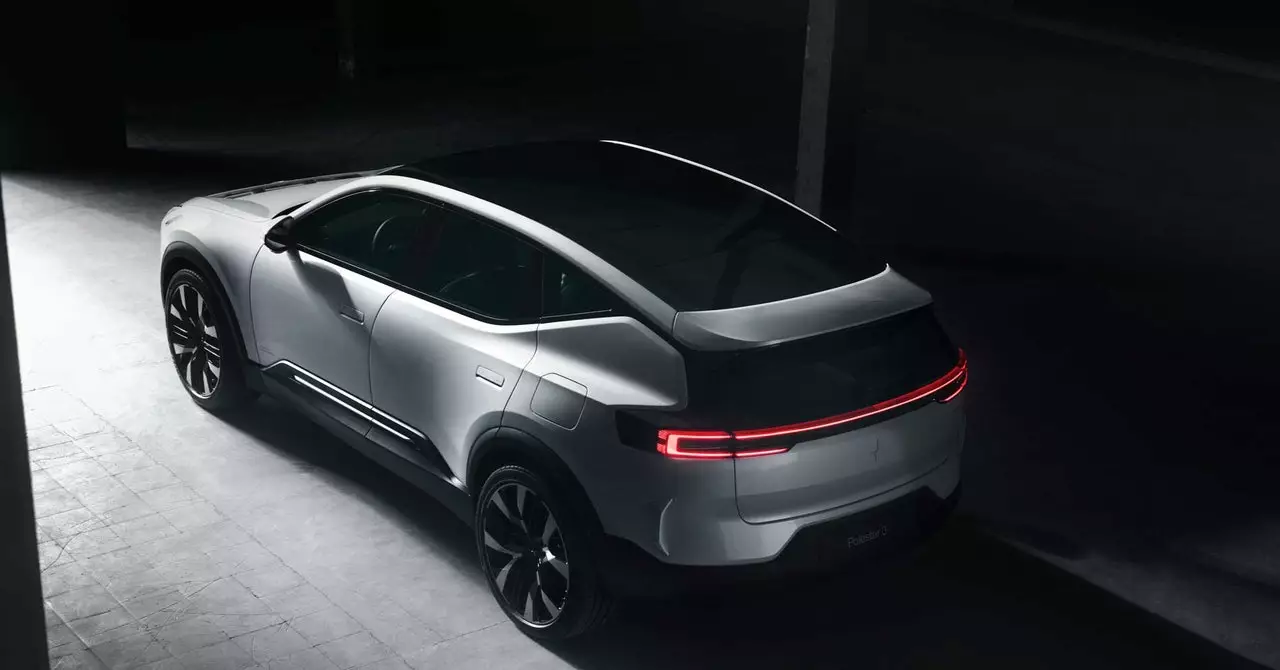Polestar, a subsidiary of Volvo focusing on electric vehicles, has been criticized for not establishing enough separation from its parent brand. According to industry expert Wells, there is a lack of visual and performance differentiation between Polestar and Volvo models. This lack of unique identity could hinder Polestar’s ability to stand out in the competitive EV market. By failing to provide distinctive features and surprises in their vehicles, Polestar runs the risk of being perceived as simply a more expensive version of a Volvo.
The origins of Polestar as a high-performance petrol brand acquired by Volvo have also been called into question. Wells points out that the decision to rebrand Polestar as an electric premium brand was a mistake from the start. Additionally, Polestar’s slow entry into the market and failure to capitalize on opportunities when the EV market was thriving are seen as significant missteps. These factors have contributed to Polestar being perceived as a niche brand rather than a major player in the industry.
Polestar’s recent establishment of a new manufacturing plant in South Carolina may help the brand avoid tariffs on Chinese-made cars in the US. However, this is just one aspect of the challenges facing the brand. Market volatility, driven by various factors including protectionist policies, poses a threat to Polestar’s success. On the other hand, industry experts like Vergine see opportunities in technological advancements such as AI and machine learning, which could help lower costs and drive innovation in EV engineering. Leveraging these opportunities could be crucial for Polestar’s future growth and competitiveness.
Vergine categorizes Polestar as a second-tier EV brand, standing between established names like Tesla and emerging players like BYD. This positioning presents a challenge for Polestar’s new executives, who must navigate the brand’s identity and market positioning in a rapidly evolving industry. The decision to maintain Polestar as a standalone brand or integrate it more closely with Volvo will have significant implications for the brand’s future success.
Amidst discussions of market challenges and branding issues, the larger context of climate change cannot be overlooked. The pressure to address environmental concerns and reduce carbon emissions is increasing, placing additional expectations on automakers like Polestar to prioritize sustainability in their operations. As the world approaches critical climate thresholds, the urgency to transition to cleaner energy sources and reduce the carbon footprint of transportation becomes more pronounced.
Polestar faces a complex landscape of challenges and opportunities in the evolving EV market. To secure its position as a competitive and sustainable brand, Polestar must address issues of brand identity, differentiation, market positioning, and environmental impact. By embracing technological advancements, reevaluating its branding strategy, and aligning with sustainable practices, Polestar can strengthen its position in the market and contribute to a more sustainable future for the automotive industry.

